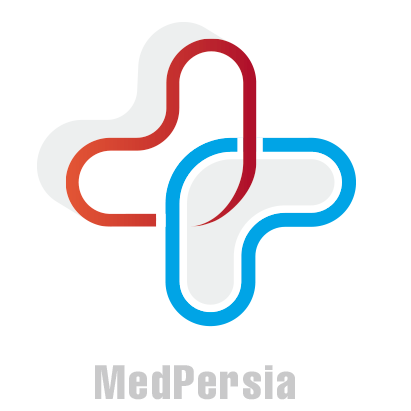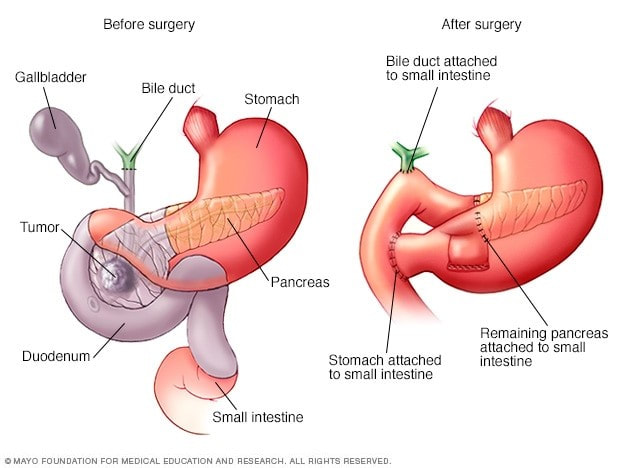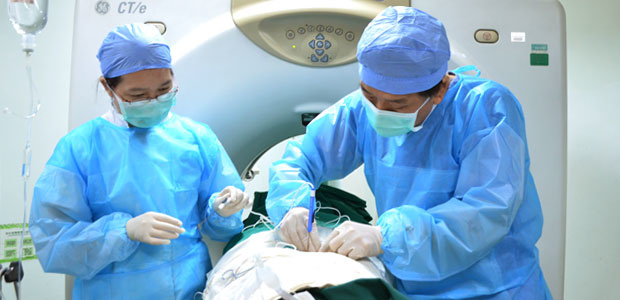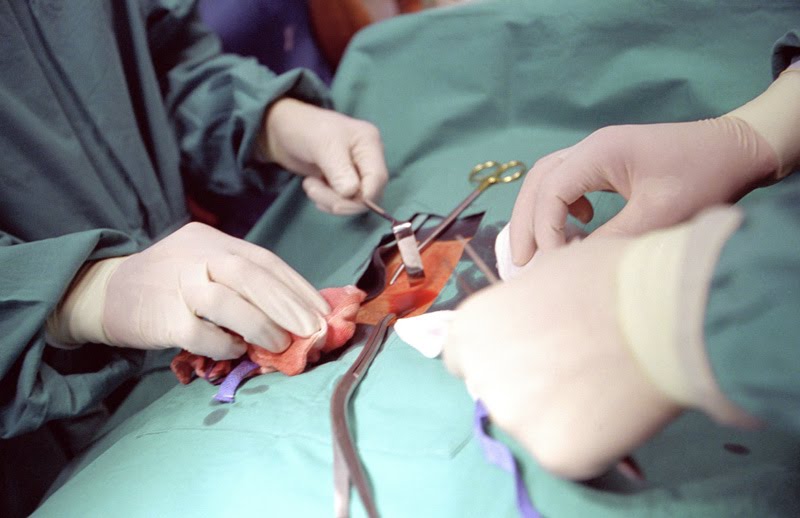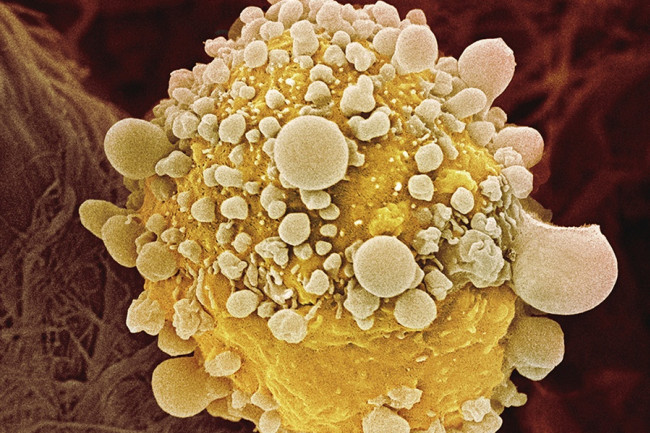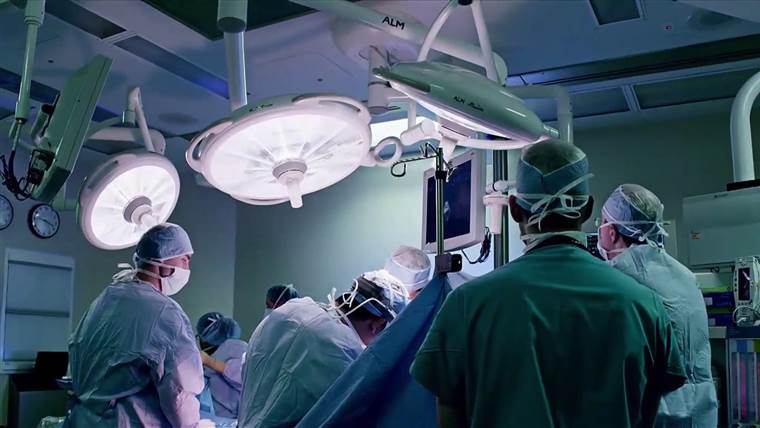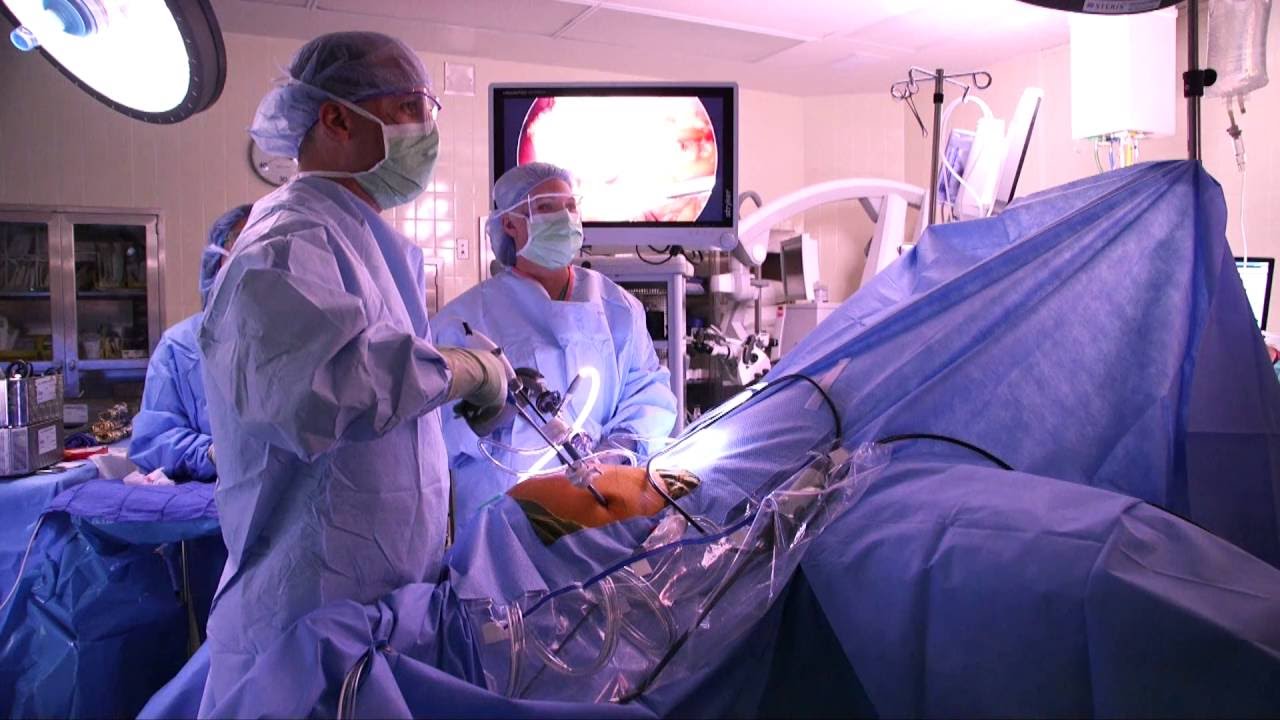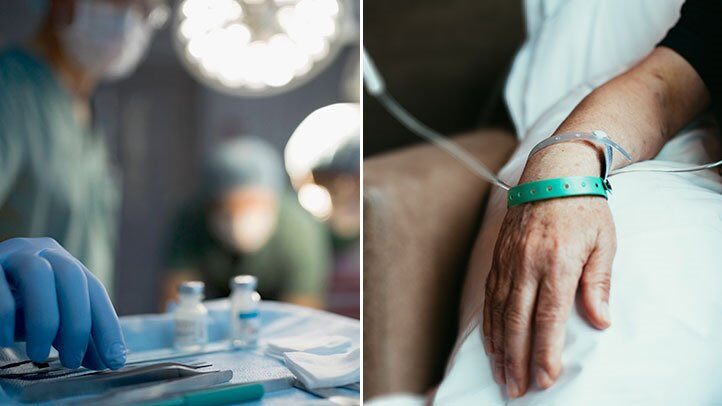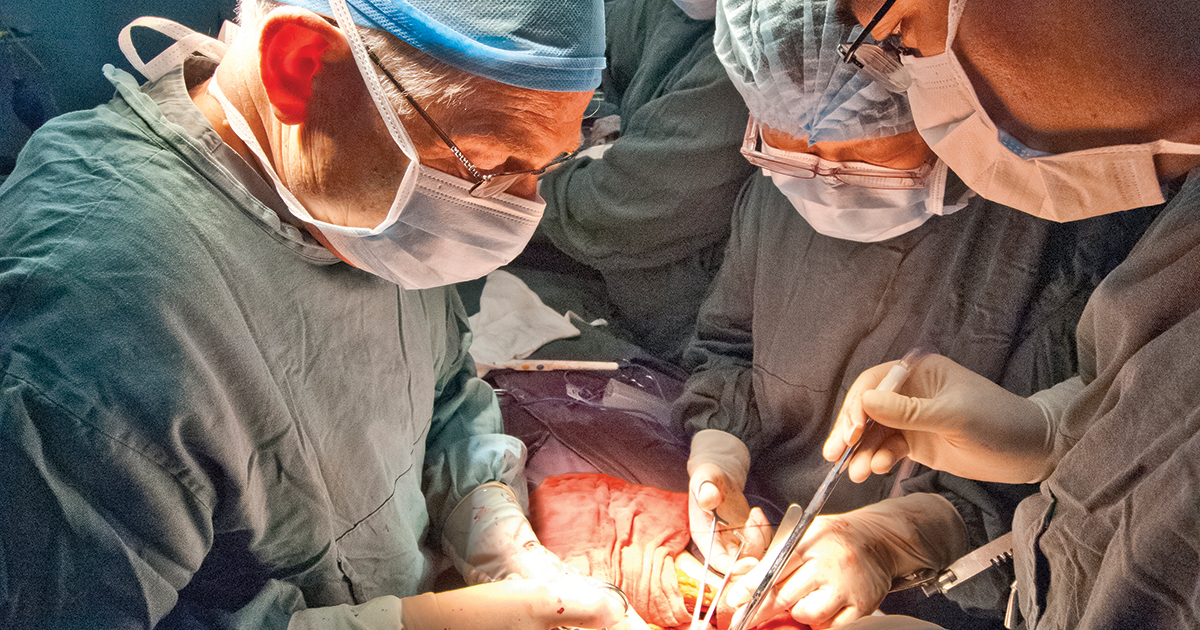Pancreatic Cancer Treatment and Surgery in Iran Details
What is Pancreatic Cancer?
Cancer that grows inside the pancreas is known as pancreatic cancer.
The pancreas is the gland that is about 6 inches long that makes hormones, including the enzymes responsible for controlling blood sugar and helps in digesting food.
The development of pancreatic cancer starts when the cells inside the pancreas grow out of control.
This cancer may metastasize or spread top surrounding organs and lymph nodes such as lungs and liver.
There are three parts of the pancreas that include the followings:
- Tail: It is the end of the pancreas close to the spleen
- Head: It is a part of the pancreas near to liver ducts and small bowel
- Body: It is the middle of the pancreas
Approximately 90% of pancreatic cancer grows in the head of the pancreas.
Types of Pancreatic Cancer
Pancreatic cancer can be categorized into different types that depend on whether cancer began in the endocrine or exocrine component.
Pancreatic cancer types include the followings:
Endocrine Tumors
Endocrine tumors also referred to as pancreatic neuroendocrine tumors (PNETs), or islet cell tumors, are not so common as compared to exocrine tumors.
A pancreatic neuroendocrine tumor could be non-functioning, that means it does not make any hormones, or it could also be functioning; that means it can make hormones.
The base of a functioning neuroendocrine tumor is on the hormone that cells usually make the followings:
- PPomas
- Insulinoma
- VIPomas
- Gastrinoma
- Glucagonoma
- Somatostatinoma
Exocrine Tumors
They are considered as the most common type of pancreatic cancer.
Adenocarcinoma that begins in gland cells is mostly seen in around 95% of people who are suffering from pancreatic cancer.
Ductal Adenocarcinoma is the ducts of the pancreas from where the tumor typically begins.
Rarely when the tumor starts in the acini, then it is termed as acinar Adenocarcinoma.
Some of the other rare tumors of the pancreas include the followings:
- Lymphoma
- Acinar Cell Carcinomas
- Cystic Tumors
- Neuroendocrine tumors
Treatment of Pancreatic Cancer
There are different types of surgeries that help in removing pancreatic cancer.
These surgeries are further categorized into:
- Curative that helps in treating cancer by removing it
- Palliative that helps in easing the symptoms
Curative Surgeries for pancreatic cancer
Pancreaticoduodenectomy
This is considered as the most common surgery for removing a pancreatic tumor.
This surgery is also termed as a Whipple procedure that removes the followings:
- Part of the common bile duct
- Head of the pancreas
- Gallbladder
- Duodenum
- Body of the pancreas
- Lymph nodes close to the pancreas
- Part of the stomach
- A small part of the jejunum
Total Pancreatectomy
This procedure involves the removal of the spleen and the complete pancreas.
Distal Pancreatectomy
This procedure involves the removal of a part of the body of the pancreas and tail of the pancreas.
It also removes the spleen.
This procedure is more commonly used with islet cell tumors.
Palliative Surgeries for pancreatic cancer
Gastric Bypass
When the stomach has been blocked by cancer then it is sewn with the small intestine.
This process allows a patient to eat normally.
Stent Placement
To avoid blockage, the insertion of the metal tubes is done that helps in keeping the bile duct open.
Biliary Bypass
A small surgical cut is made in the bile duct or gallbladder that is then sewed to the small intestine.
This surgical procedure is helpful when the tumor has blocked the small intestine and has caused bile to accumulate in the gallbladder.
Pain is also relieved using this procedure.
Ablative Techniques for pancreatic cancer
Ablative techniques help in treating exocrine pancreatic cancer when some tumors have spread.
These include:
- Cryoablation or Cryosurgery: This procedure involves the freezing of the tissue for destroying it.
- Microwave Thermotherapy: This procedure makes use of microwaves for heating and destroying cancer.
- Radiofrequency Ablation (RFA): The radio waves are used for heating and destroying the tissue.
Radiation Therapy
In this, a great amount of radiation is delivered for destroying cancer tumors more precisely.
This radiation does not damage any surrounding healthy cells.
Chemoembolization or Embolization
Chemotherapy or radiation therapy is delivered to the blood vessels around the tumor by cutting off the blood supply to pancreatic cancer.
Chemotherapy
Pancreatic cancer is most commonly treated with the help of chemotherapy.
Chemotherapy is used in many ways for treating pancreatic cancer that include:
- Alone or in combination with radiotherapy
- Before or after surgery for removing the cancer
- When cancer has spread to different parts of the body
- When the cancer is localized but untreatable
Causes of Pancreatic Cancer
There is no known cause of pancreatic cancer, but this cancer is seen more common in:
- Smokers
- Diabetic people
- People with long-term inflammation of the pancreas (chronic pancreatitis)
It has also been noticed that pancreatic cancer is common in women as compared to men.
Genetic syndromes passing down through families can also be considered as one of the causes.
Symptoms of Pancreatic Cancer
Pancreatic cancer, in its initial stage, is painless and silent.
Pancreatic cancer develops outside the pancreas when it becomes large and resulting in some symptoms.
The symptoms depend on the location of cancer inside the pancreas, including:
- Back or belly pain and weight loss are the symptoms when the pancreatic cancer is there in the tail or body of the pancreas.
- Enlarged lymph nodes in the neck, nausea, dark urine, weight loss, itching, back pain, vomiting, jaundice, and abdominal pain are the different symptoms when pancreatic cancer in the head of the pancreas happens.
Pancreatic Cancer Skin Symptoms
- Itching
- Jaundice
Pancreatic Cancer Gastrointestinal Symptoms
- Pale-colored stools
- Abdominal pain
- Nausea
- Bloating
- Diarrhea
Pancreatic Cancer Whole-Body Symptoms
- Elevated blood sugars
- Malaise
- Weight loss
- Loss of appetite
Stages of Pancreatic Cancer
Stage 1
This stage is considered as the early stage of pancreatic cancer.
At this stage, the cancer is there within the pancreas that can be large.
Cancer has not spread anywhere else in the body, and also cancer is not there in the lymph nodes near to the pancreas.
Stage 2
In the second stage, cancer has started in the bile duct, the duodenum, tissues near the pancreas, or there could be cancer in the lymph nodes close to the pancreas.
Stage 3
This stage is known as locally advanced cancer where cancer has spread to large blood vessels close to the pancreas, stomach, large bowel, or spleen.
Stage 4
This stage is known as advanced or metastatic cancer where cancer has spread to different organs of the body such as lungs or liver.
Diagnosis of Pancreatic Cancer
The diagnosis of pancreatic cancer involves performing several imaging studies that include the followings:
- Positron Emission Tomography (PET): This imaging test helps in determining the degree of pancreatic cancer spread.
This is done by injecting radioactive glucose into the veins that are absorbed by the cancer cells. - Computer Tomography (CT): The detailed images of within the abdomen are constructed for making a pancreatic cancer diagnosis.
- Ultrasound: The sound waves that are reflected from the organs into the belly help in creating images for diagnosing pancreatic cancer.
- Magnetic Resonance Imaging (MRI): A scanner creates detailed images of the abdomen by using magnetic waves.
If a mass is detected in the pancreas, then only a biopsy can help in diagnosing pancreatic cancer.
There are different ways by which biopsies can be performed that include the followings:
- Laparoscopy: Small incisions are used in this surgical procedure.
Tissue for biopsy can be collected by using laparoscopy, and it also helps in viewing the inside of the abdomen for determining the spread of pancreatic cancer. - Percutaneous Needle Biopsy: A needle is inserted in the mass to capture some tissue.
Fine needle aspiration (FNA) is the name given to this procedure. - Endoscopic Ultrasound: The advancement of an endoscope is done close to the pancreas.
An ultrasound probe on the endoscope locates the mass.
Then some tissue is plucked from the mass with the help of a needle on the endoscope. - Endoscopic Retrograde Cholangiopancreatography (ERCP): Here some tools at the end of an endoscope and a flexible tube along with a camera is put from the mouth into the small intestine, close to the pancreas.
This helps in collecting images of the area along with a small biopsy with the help of a brush.

